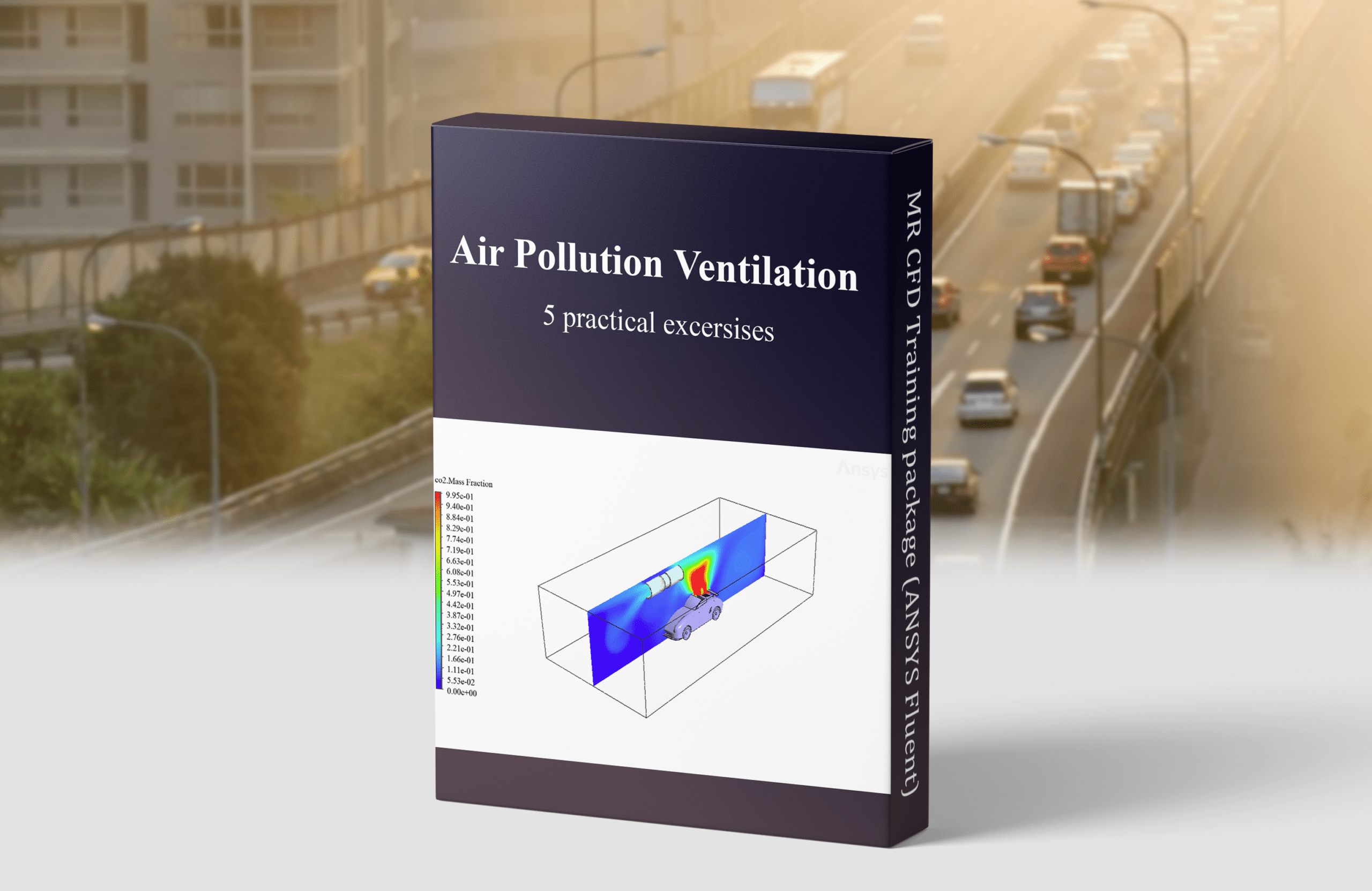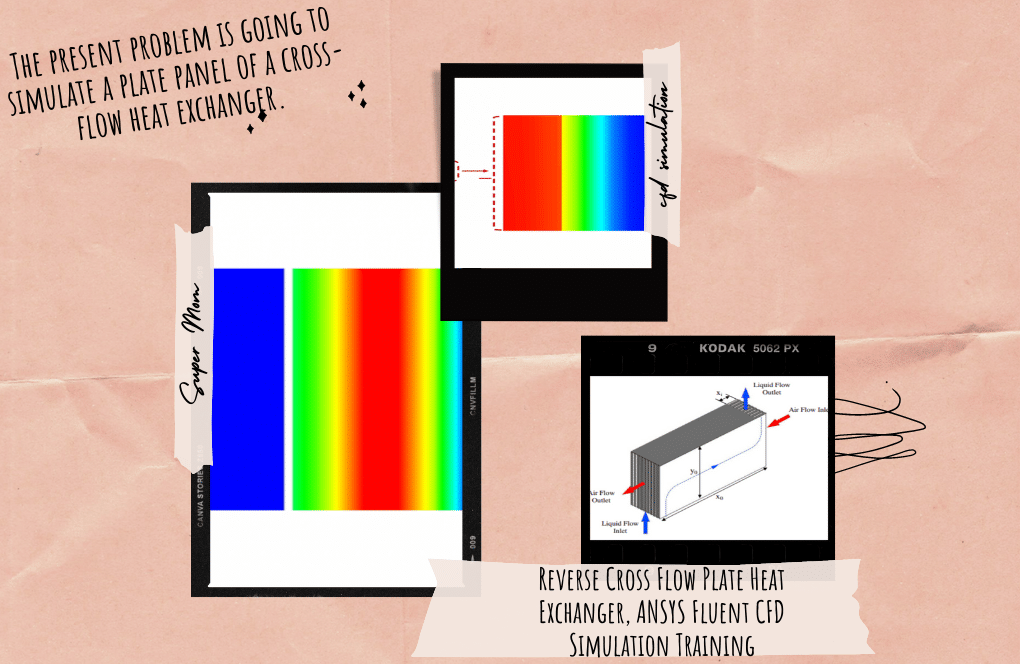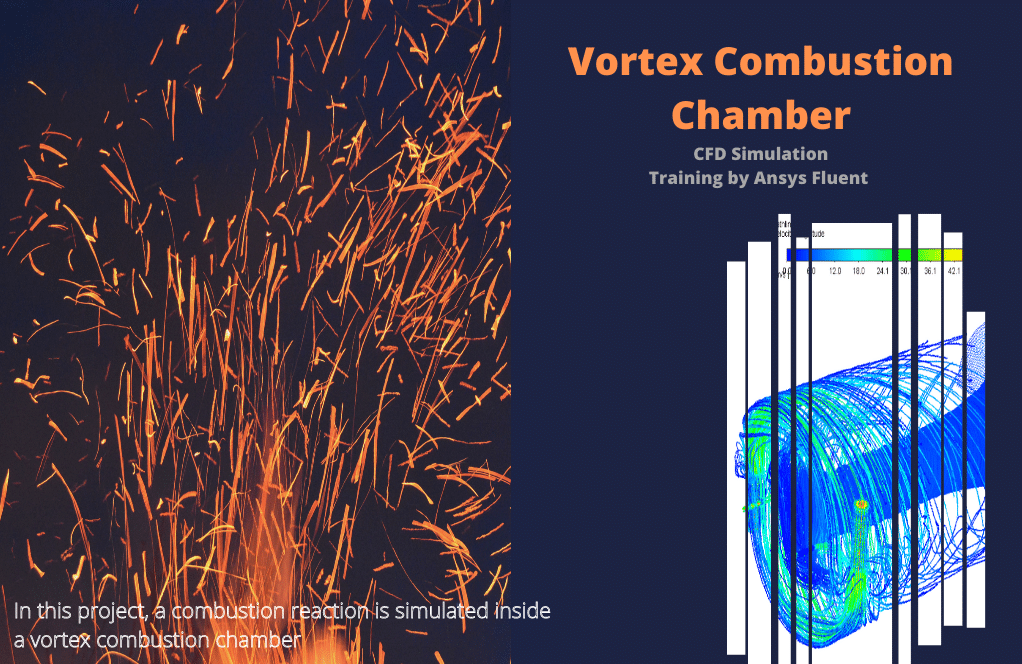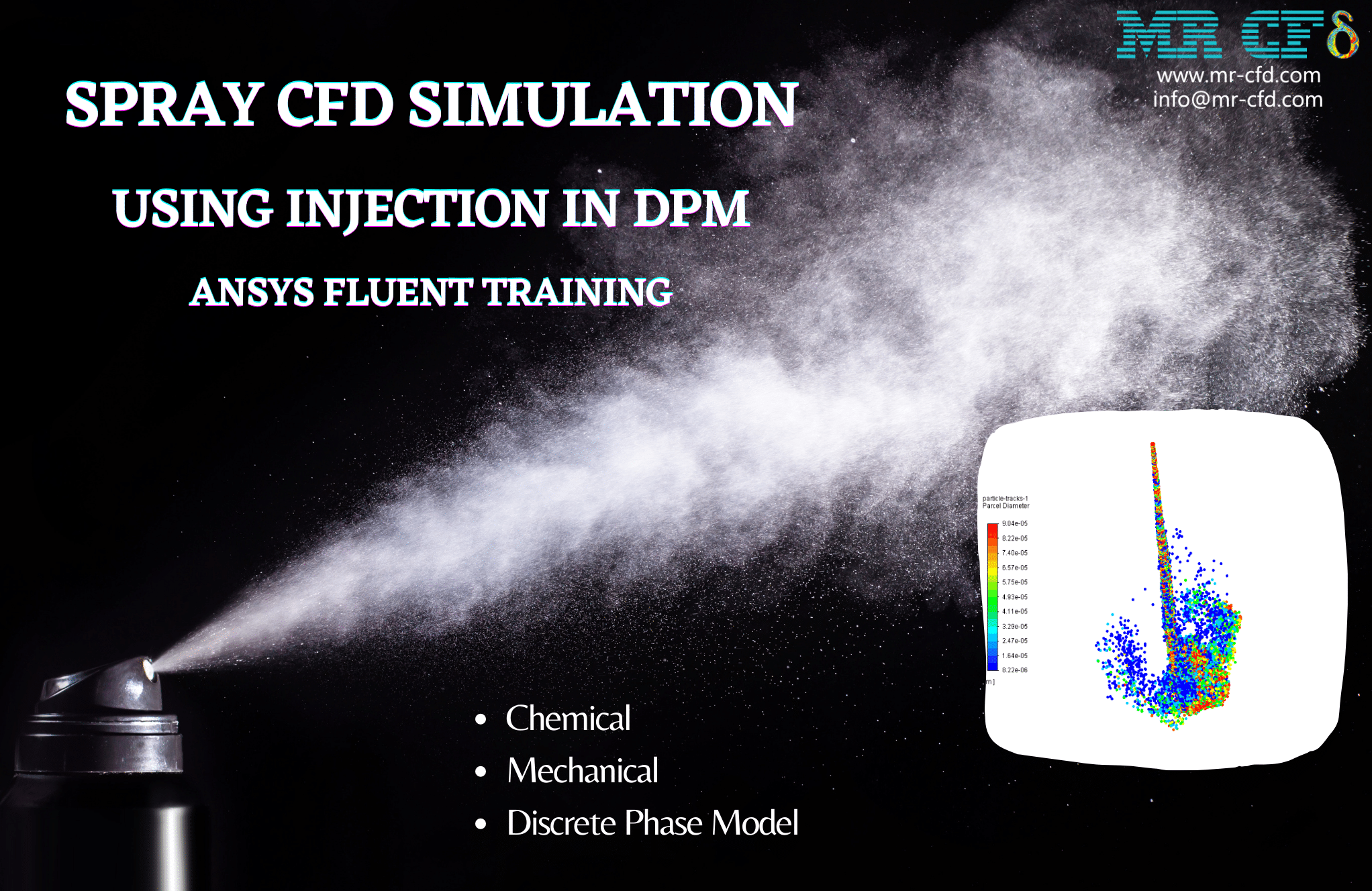Air Pollution Ventilation, CFD Training Package, 5 Projects
$209.00 $104.50 Student Discount
- Jet fan application in n the tunnel for smoke ventilation and car explosion
- Pollution ventilation in the subway
- Car park indoor ventilation
To Order Your Project or benefit from a CFD consultation, contact our experts via email (info@mr-cfd.com), online support tab, or WhatsApp at +44 7443 197273.
There are some Free Products to check our service quality.
If you want the training video in another language instead of English, ask it via info@mr-cfd.com after you buy the product.
Description
Air Pollution Ventilation CFD Simulation Training Package, 5 Projects by ANSYS Fluent
This air pollution ventilation training package includes 5 CFD projects to study smoke and also car explosion pollutant ventilation using jet fans in a tunnel, pollution ventilation in the subway, shuffle parking, and car park (stacker) ventilation.
The package includes a comprehensive set of tutorials and exercises to help you understand the fundamentals of CFD and how to apply it to air pollution ventilation. It also includes a library of 3D models and meshes to help you create your own simulations. The package also includes a set of tools to help you analyze the results of your simulations and visualize the data.
Finally, the package includes a set of case studies to help you understand how we use CFD to solve real-world problems.
Air pollution ventilation CFD simulation is a computer-aided engineering (CAE) technique used to simulate the flow of air in a given environment. We use this simulation to analyze the effects of air pollution on the environment; such as the spread of pollutants, the impact of wind on air quality, and the effectiveness of ventilation systems.
We can also use the simulation to optimize the design of ventilation systems to reduce air pollution levels.
We typically perform the simulation using computational fluid dynamics (CFD) software. The simulation uses mathematical models to simulate the flow of air in a given environment. The results of the simulation can be used to inform decisions about the design and operation of ventilation systems, as well as to identify potential sources of air pollution.









Reviews
There are no reviews yet.